2023 Slow Streets Design Toolkit
Friday, April 28, 2023
2023 Slow Streets Design Toolkit
Volume Management Tools
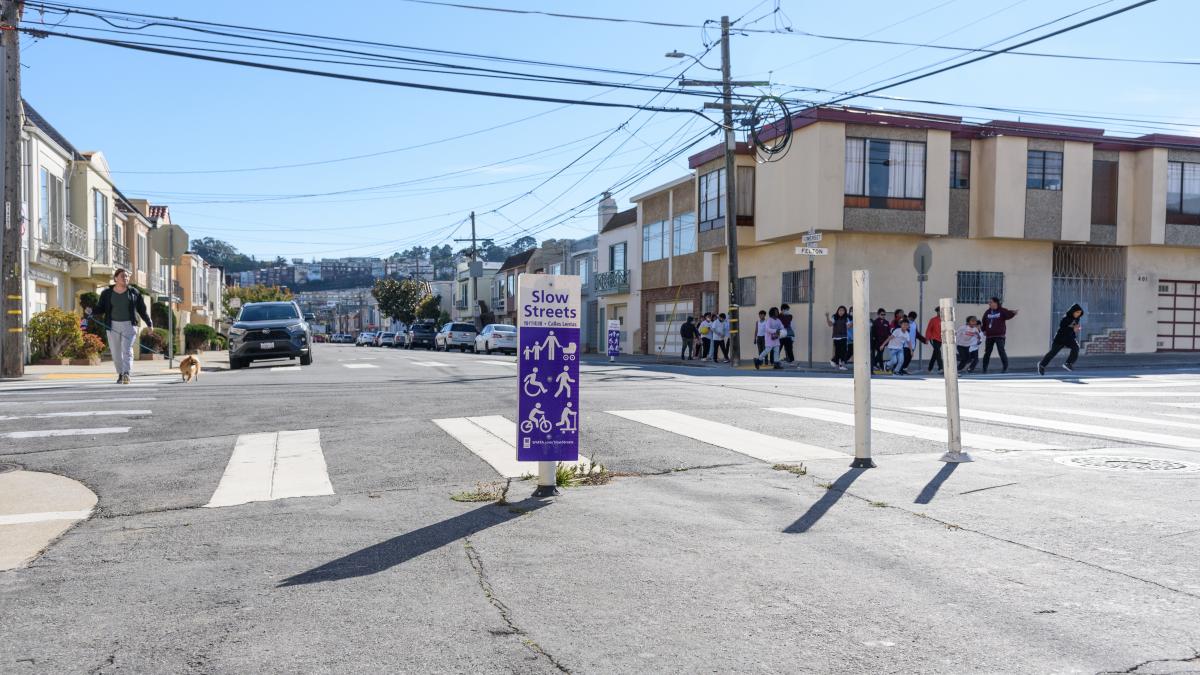
Soft Diversion - Traffic Diverter and Sign at Intersections
- Traffic Safety Impact: Soft diversion at intersections discourages cut through traffic while still allowing for local access. Through strategic placement of Slow Streets flexible delineators, soft diversion helps keep traffic volumes low to support safe and comfortable active transportation.
- Implementation Considerations: Traffic diverters cannot be installed at intersections where a traffic signal is present without an associated left-turn restriction on the cross street and, if present, the removal of an existing turn pocket. Additionally, traffic diverters generally cannot be placed where conflicts with driveways or other access issues exist.
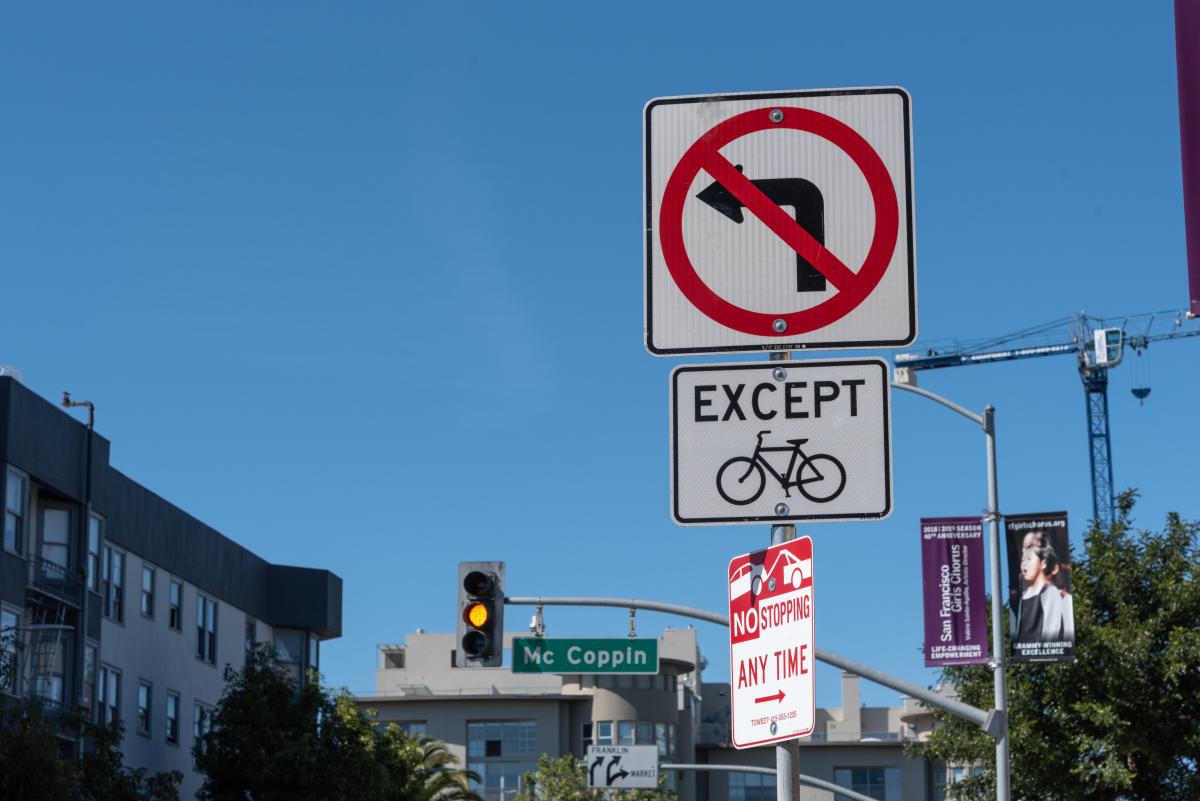
Left-Turn Restrictions
- Traffic Safety Impact: Left-turn restrictions help reduce cut-through traffic volumes on a Slow Street by prohibiting left turns.
- Implementation Considerations: Local traffic, such as residents and mail/ delivery vehicles, can only access the block by making a right turn onto it. This treatment has an added benefit because it allows for the standard Slow Street delineator and sign treatment to be installed at intersections where a traffic signal is present.
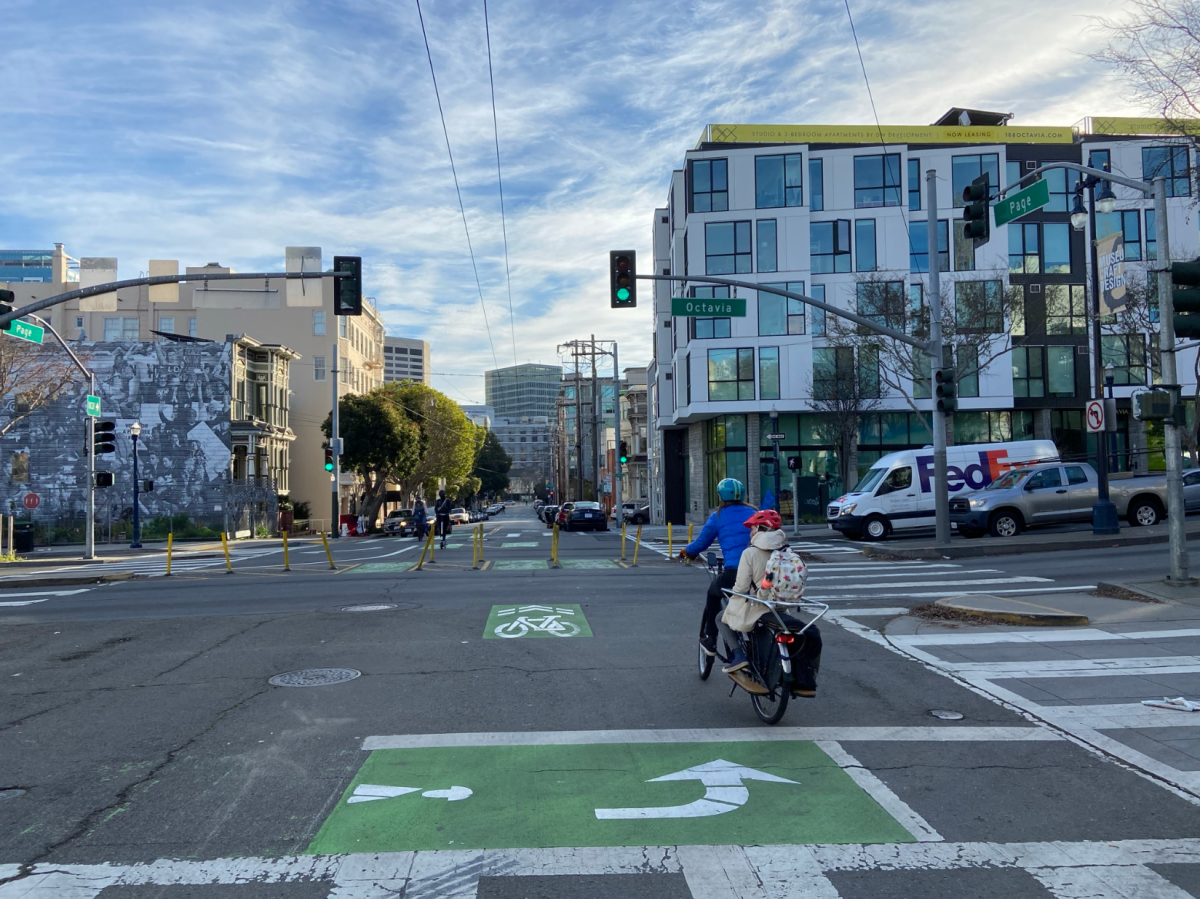
Median Diverters
- Traffic Safety Impact: Median diverters help reduce cut-through traffic by fully preventing a vehicle from continuing through to the next block and forcing vehicles to turn right. A median diverter is created by installing several traffic delineators in the middle of the intersection. This treatment further discourages non-local traffic from utilizing the street by preventing them from traveling multiple blocks, and keeps traffic volumes low.
- Implementation Considerations: Local traffic, such as residents and mail/delivery vehicles, can only access the block by making a right turn onto it.
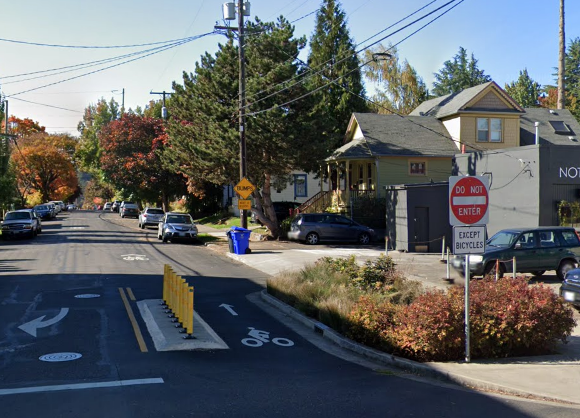
Concrete Islands
- Traffic Safety Impact: Concrete islands provide a more durable barrier to discourage vehicle traffic.
- Implementation Considerations: Concrete islands work best on streets where there is sufficient space to maintain vehicle access in the opposite direction. Street sweeping and drainage must be considered for concrete islands located close to the curb. Concrete materials last longer, require less maintenance, and act as a more robust barrier for discouraging cut-through traffic than typical Slow Streets delineators, while allowing for bicycle and scooter access. Where possible, the islands could include space for community art and greening.
Speed Management Tools
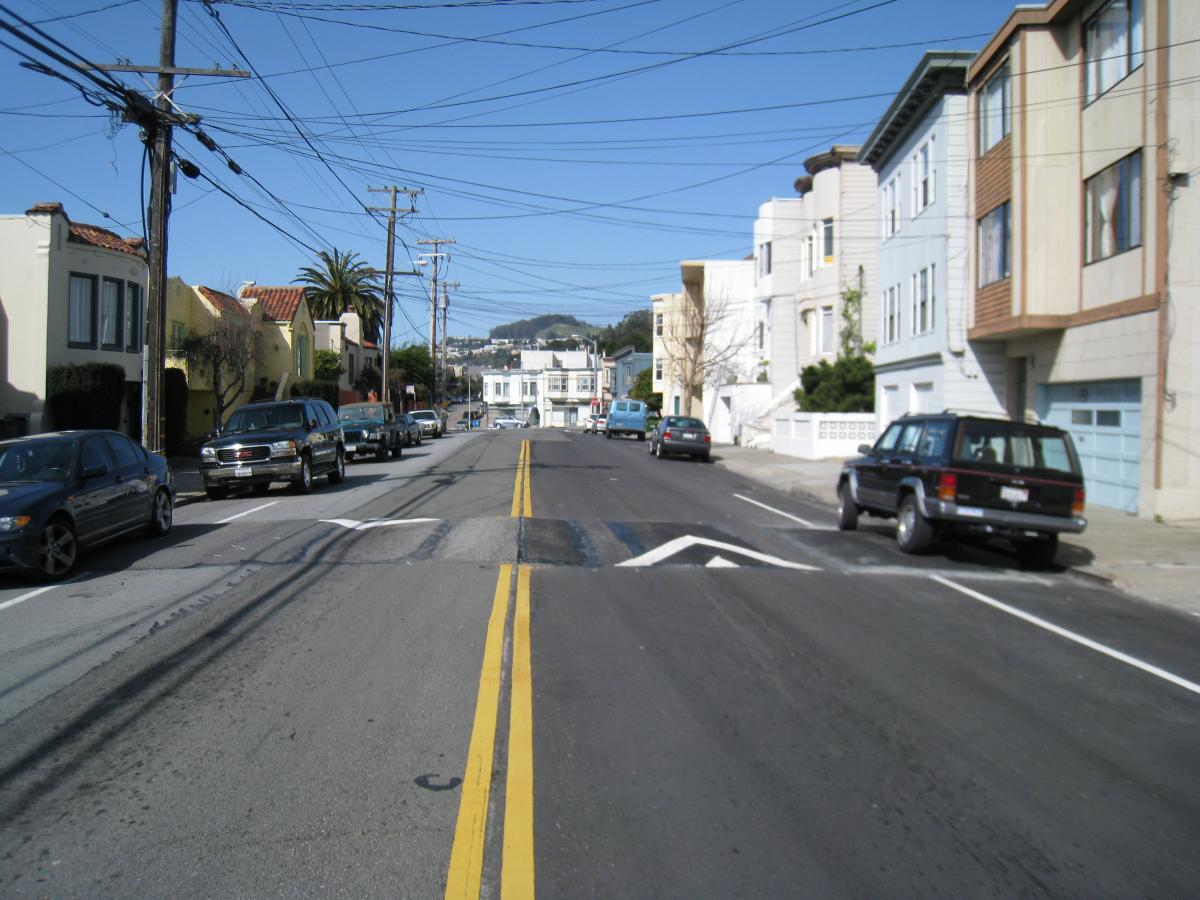
Speed Cushions
- Traffic Safety Impact: Speed cushions help to reduce vehicle speeds along a block. Speed is a primary factor in most traffic safety-related conflicts. Speed cushions help mitigate the speeding issue by forcing oncoming traffic to slow down to travel over the vertical feature comfortably and safely. Placing consecutive speed cushions along a block discourages drivers from accelerating to unsafe speeds on longer blocks.
- Implementation Considerations: Speed cushions are typically not installed on streets with steep grades.
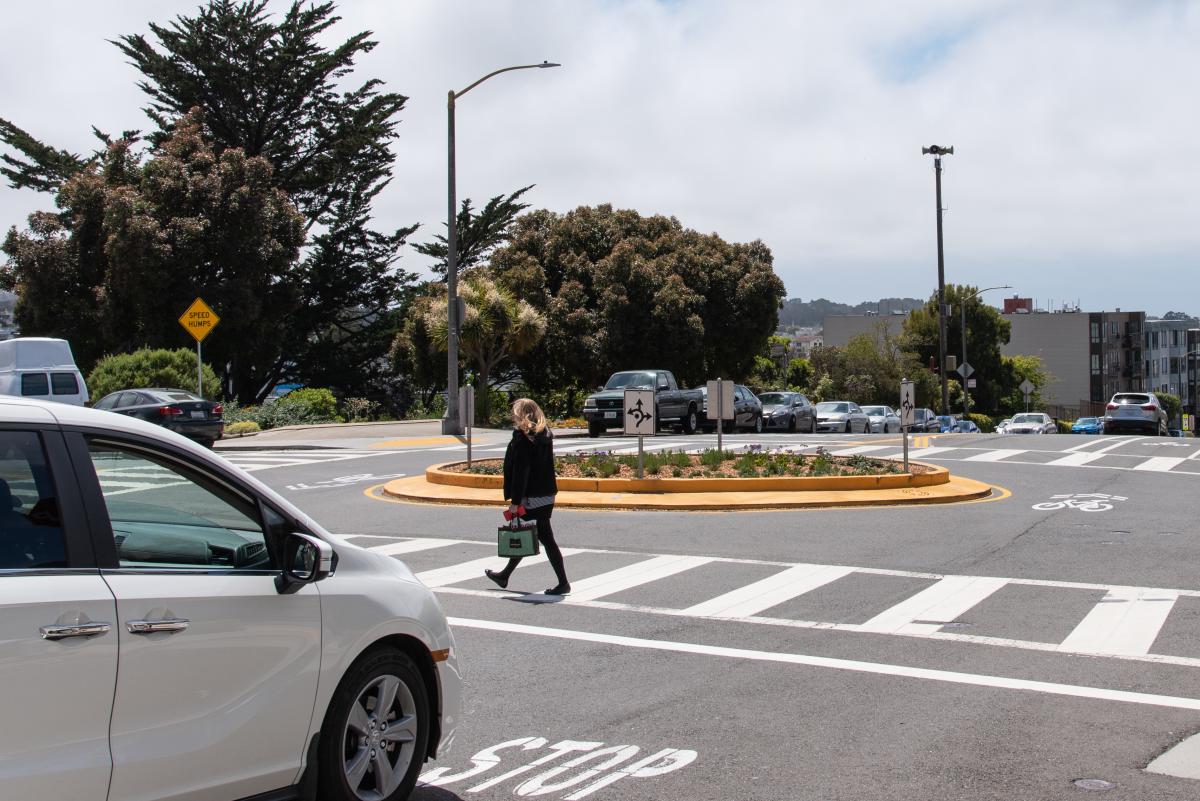
Neighborhood Traffic Circle
- Traffic Safety Impact: Traffic circles help to slow vehicle speeds at an intersection. A traffic circle is a calming measure that improves safety at intersections. It’s usually built of concrete, but other materials like safe-hit posts and paint can be used. The element in the middle of the intersection prevents drivers from traveling straight through and slows down vehicles as they navigate through the intersection, providing better cross-street visibility.
- Implementation Considerations: Depending on materials used, this tool may require more maintenance and take longer to install; can be installed at intersections with or without stop signs.
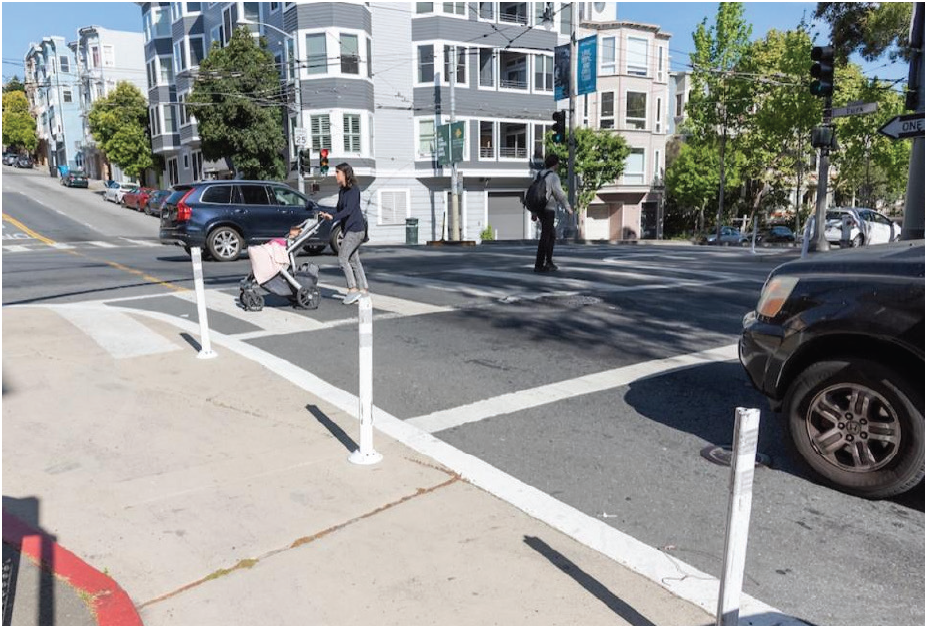
Painted Safety Zones
- Traffic Safety Impact: Painted safety zones help to increase the visibility of pedestrians at intersections and to encourage slower turning speeds. Painted safety zones are painted areas of the road that wrap around sidewalk corners to make pedestrian crossing intersections more visible to people driving. Narrowing the intersection encourages slower vehicle travel speeds and decreases the crossing distance for pedestrians.
- Implementation Considerations: May require parking removal.
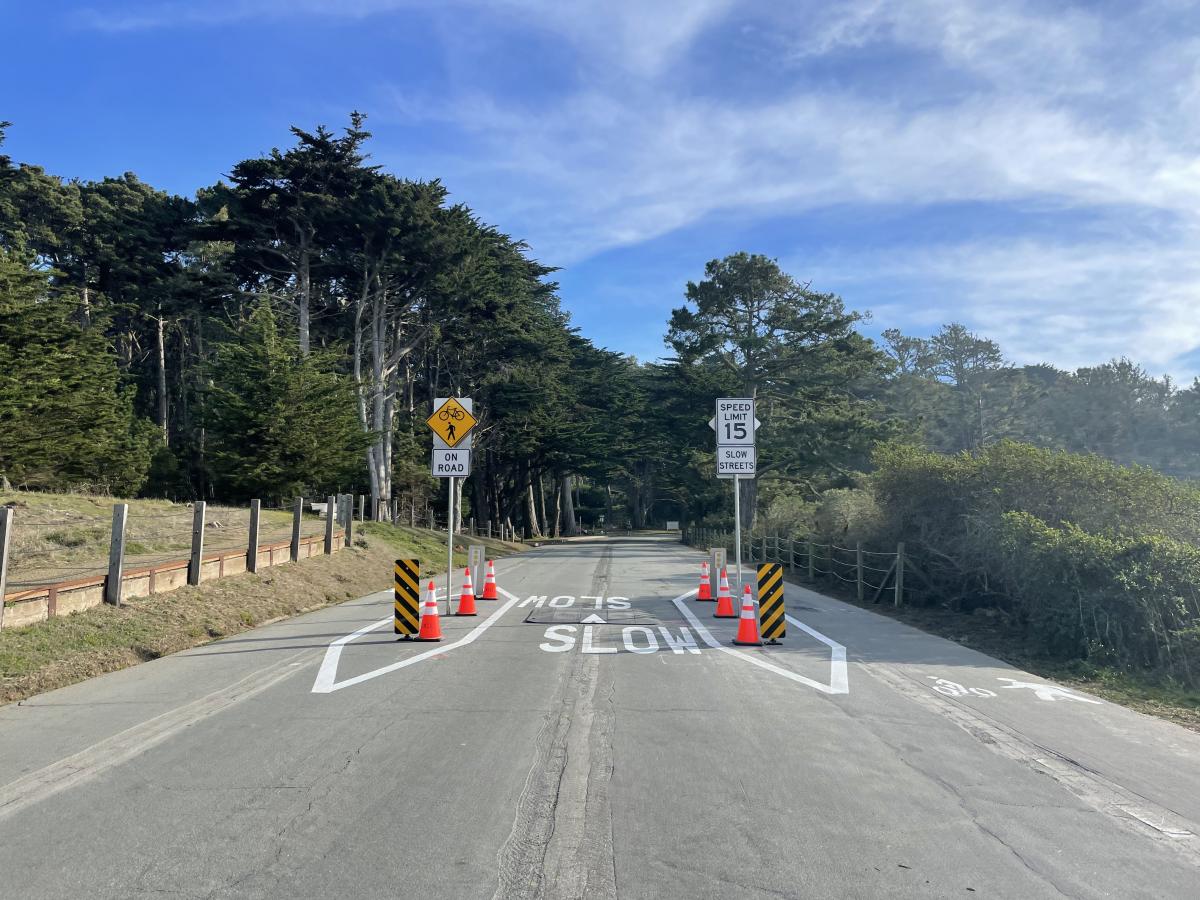
Roadway Narrowing
- Traffic Safety Impact: Roadway narrowing uses striping and/or vertical elements to visually and physically narrow the right of way to discourage cutthrough traffic and tp help reduce vehicle speeds. Roadway narrowing can use multiple elements such as striping, bollards, and signage to discourage cut-through traffic and slow the speed of vehicles.
- Implementation Considerations: May require the removal of parking spaces.
Active Transportation Safety Tools
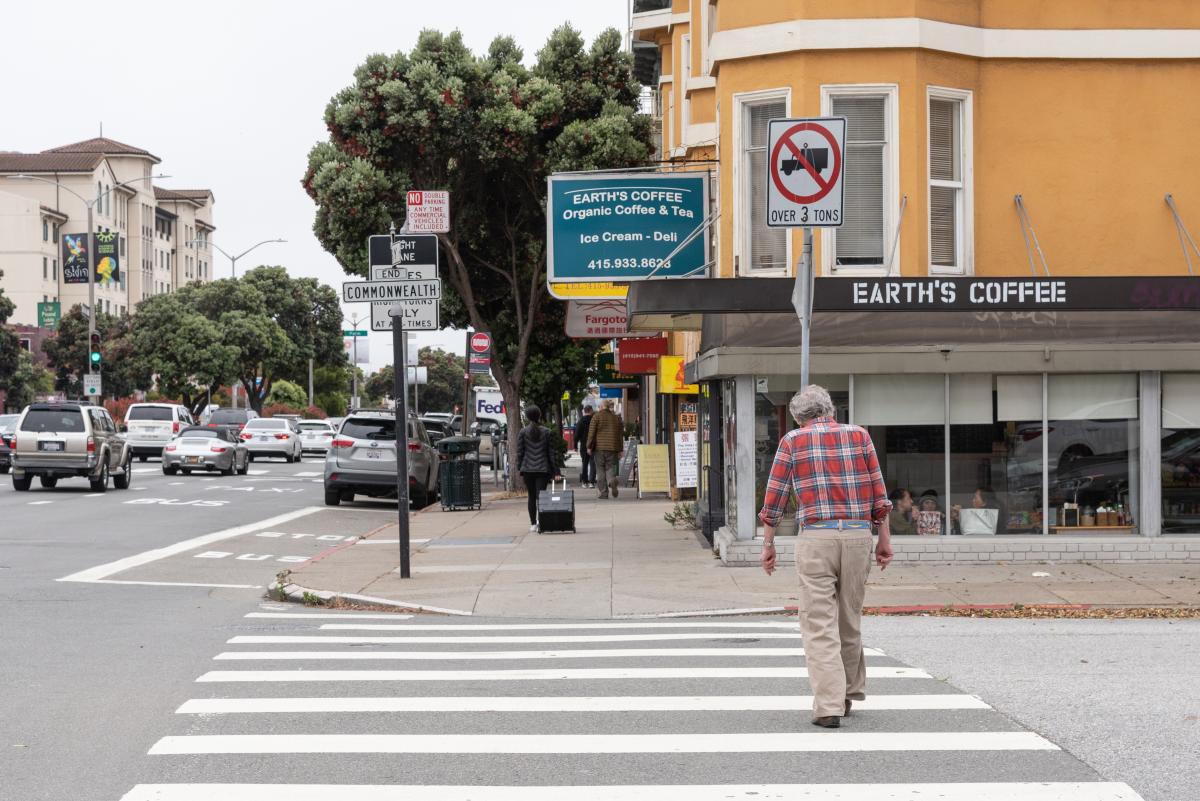
Continental Crosswalks
-
Traffic Safety Impact: Continental crosswalks provide visual cues for motorists at intersections indicating that pedestrians may be present. Continental crosswalks are high-visibility roadway markings comprised of thick, vertical striping. Case studies on their usage have shown that motorists are more likely to yield to pedestrians in continental crosswalks as compared to traditional crosswalks. Crosswalks also indicate to a driver where a pedestrian might be crossing the street
-
Implementation Considerations: Curb ramps are required to stripe crosswalks at intersections where the crosswalks are currently not marked.
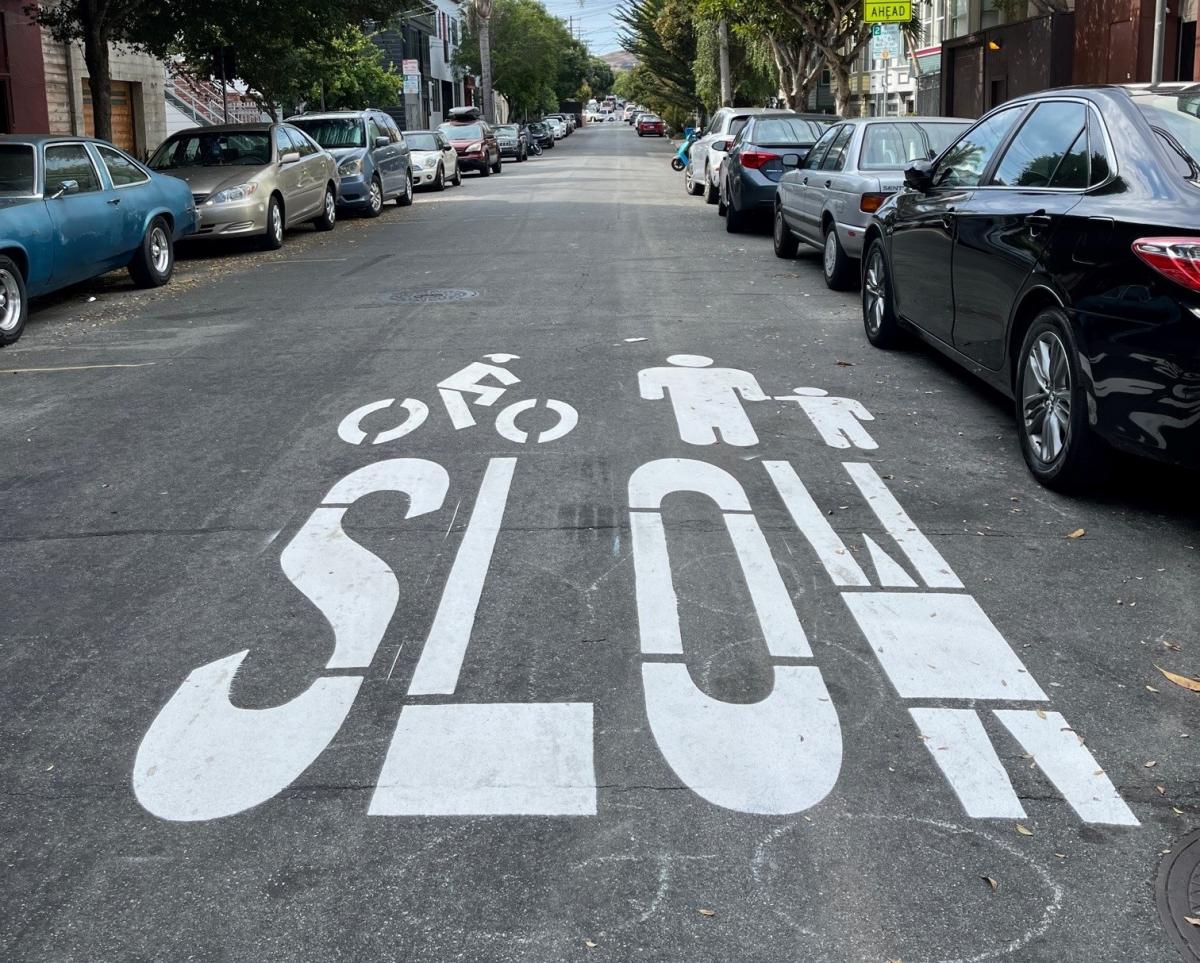
Slow Street Pavement Markings
- Traffic Safety Impact: Slow Street pavement markings help to communicate roadway conditions, encourage slow vehicle speeds, and indicate pedestrian and bicycle priority on the street. Pavement markings are used to convey messages to roadway users. The Slow Streets roadway markings provide a visual cue that help to reinforce the character of the street as a place where all users should be traveling at slow speeds.
- Implementation Considerations: No major requirements.
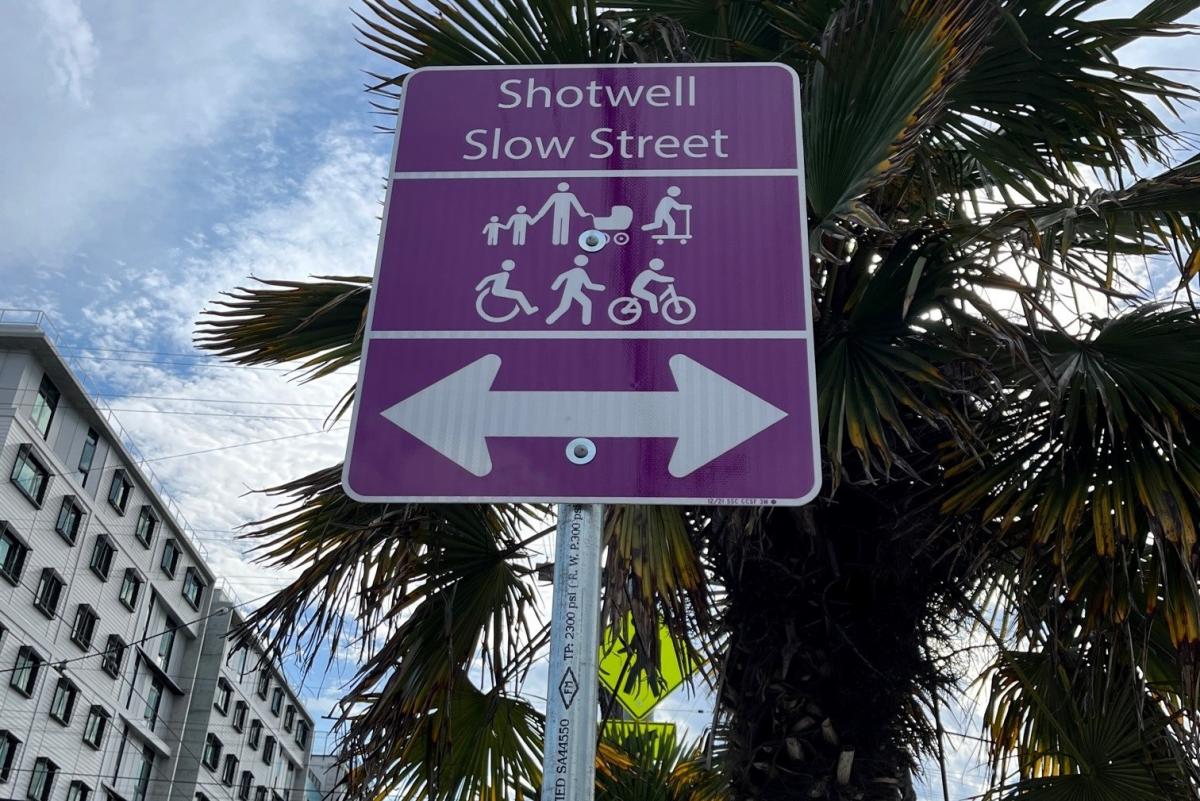
Slow Street Wayfinding and Identification Signs
- Traffic Safety Impact: Slow Street wayfinding signs indicate the location of a Slow Street for approaching motorists and people walking, biking, and rolling. Like Slow Street pavement markings, Slow Street identification signs reinforce the character of the street as a place where all users should be traveling at slow speeds.
- Implementation Considerations: No major requirements.
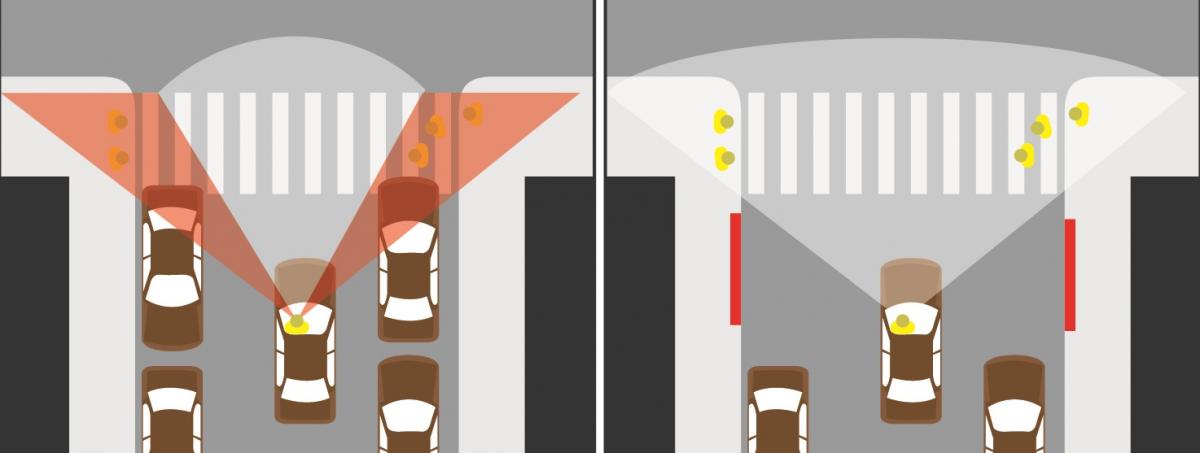
Intersection Daylighting (red curbs at intersection approach)
- Traffic Safety Impact: Daylighting helps to improve visibility at intersections. Daylighting is a simple safety treatment that makes everyone on the street easier to see at intersections. It removes visual barriers within a minimum of 10 feet of a crosswalk or intersection with a red zone. The red zone prohibits parking close to the intersection where it could reduce the sight distance of motorists as they approach the intersection or crosswalk.
- Implementation Considerations: May require the removal of parking spaces.
Documents
